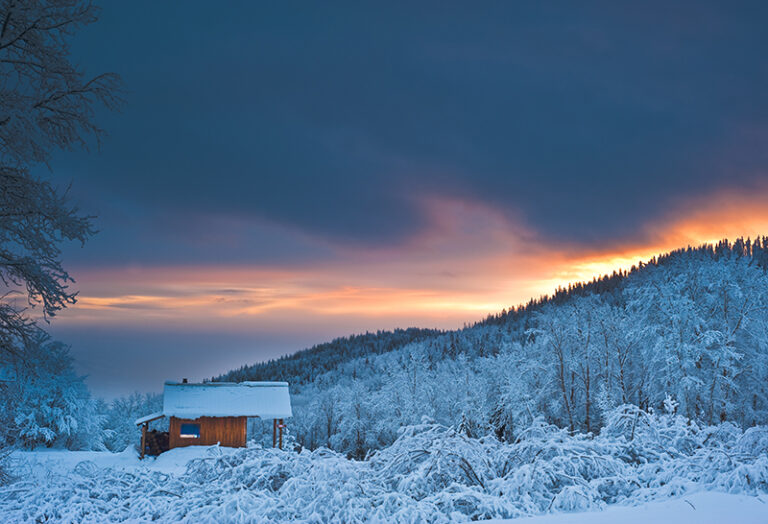
From the folks at the Lands Council.
“I hope you can join us at this interesting event that the Lands Council is co-sponsoring this Friday. There will be a movie and live music, free admission but they will ask for a small donation. These are activists from British Columbia.”
The Skeena Watershed Group will talk about a copper mine that threatens salmon and communities – Jan 28, 7 PM Magic Lantern. Here is some background.
About the Skeena Watershed
The Skeena Watershed is among British Columbia’s greatest watersheds, home to one of the longest un-dammed rivers (570 km) in the world. With vast tracts of wilderness, abundant wild salmon and wildlife, vibrant First Nations and settler cultures and relatively little industrial development compared to other large river systems, the Skeena offers a truly remarkable opportunity for environmental and cultural sustainability.
The Skeena’s Journey
It begins its journey in the Sacred Headwaters, an alpine basin in northern BC adjacent to Spatsizi Wilderness Park, where the Nass and Stikine Rivers also find their birthplace. From the Sacred Headwaters, the Skeena flows southeast, between the shallow peaks of the Skeena Mountains. It continues past the Slamgeesh Range, then westward to Fourth Cabin where it turns south. After Kuldo it turns eastward, then flows again south below Cutoff Mountain and Mount Pope. It continues past the communities of Kispiox and Hazelton, where it receives the waters of Bulkley River, then turns southwest. At Kitseguecla, the river is crossed by Highway 37, and then turns south around the Seven Sisters Peaks and Bulkley Ranges, then between the Nass Ranges and Borden Glacier, past the ferry crossing at Usk, through the Kitselas Canyon, and then through the Kleanza Creek Provincial Park. It then flows south-west through the city of Terrace, where the river widens. It continues westwards, passes near the Exchamsiks River Provincial Park, and finally flows into the Pacific Ocean at Eleanor Passage, between Port Edward and Port Essington.
The Skeena’s Salmon
All five species of wild Pacific salmon live in the Skeena system, supporting Canada’s second largest wild salmon fishery next to that of the Fraser. A 2005 study by IBM Business Consulting found that Skeena salmon contribute some $110 million to the region’s annual economy. In addition to a commercial ocean fishery at the Skeena’s mouth, the watershed supports an internationally renowned sport angling industry that draws people from around the world to the region each year. Salmon are also the foundation of the watershed’s First Nations cultures, and traditional food fisheries continue today as they have for millenia, at fishing sites up and down the length of the Skeena.
Shell map: http://skeenawatershed.com/resources/article/shells_800000_acre_tenure_map/













